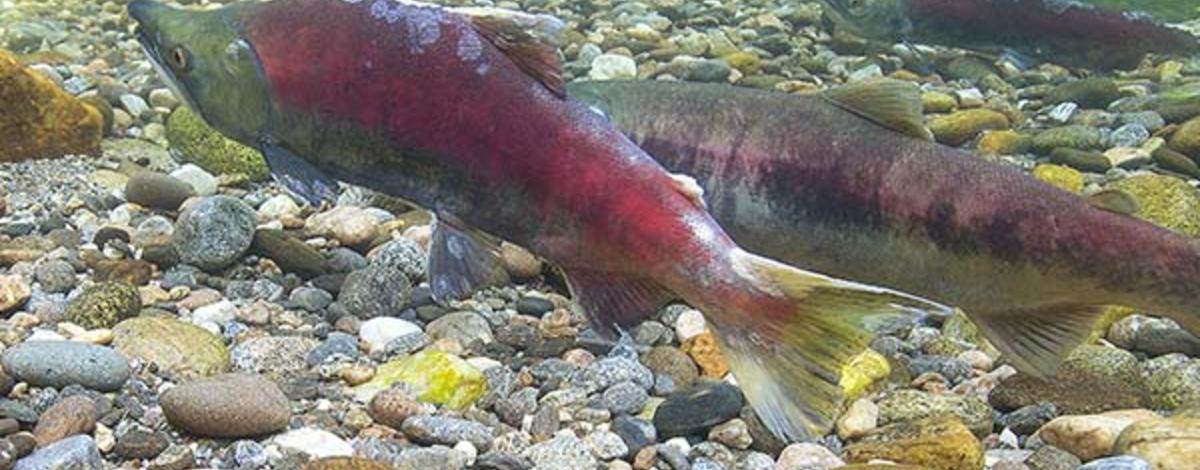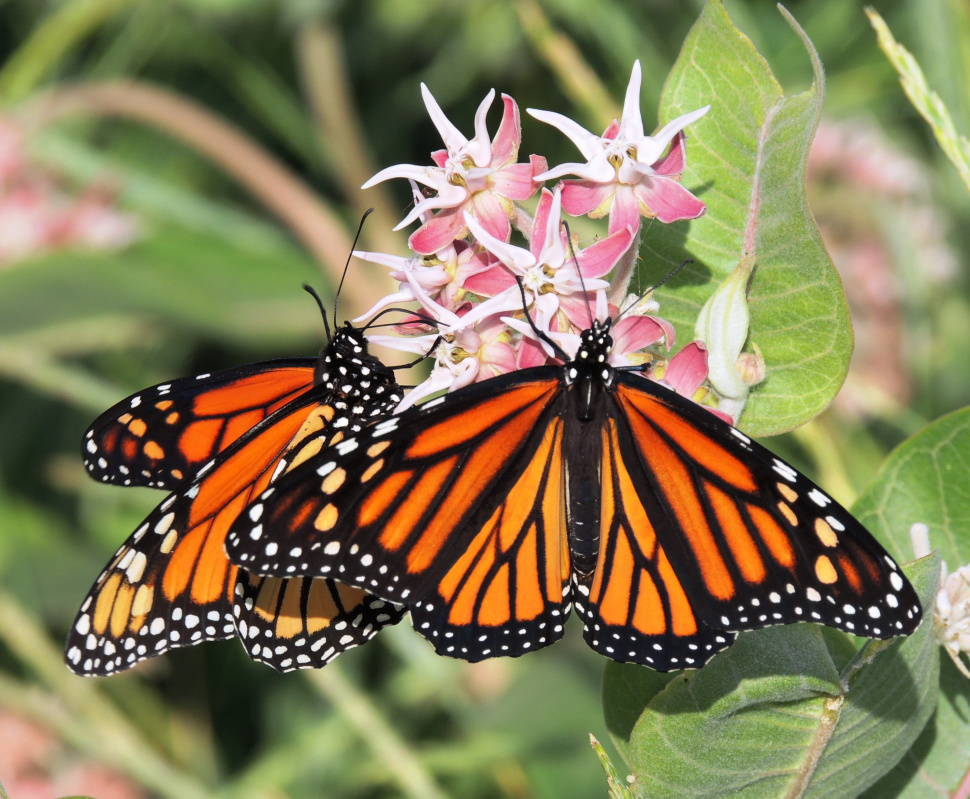Idaho is home to many different kinds of migrating animals. From salmon and elk to birds and butterflies, migration can be witnessed all across the state at certain times of year.
Animals migrate for a plethora of reasons, but more often than not it’s to seek out food and safe areas to breed and raise young. Spring and fall are always great opportunities to witness critters on the move, and depending on the species, that “move” can be anywhere from thousands of miles to a hundred feet.
While the only migration we might have on our minds is the rush-hour drive home on a Friday afternoon, this month’s Wildlife Express serves as good reminder to slow down and appreciate the various wildlife that call Idaho home – or in this case, a stop along the way.
Birds
To make the most of their summer vacation in tropical Mexico or Florida, most folks opt for air travel rather than automobile – or, you know, on foot – and birds are no different. Species such as the red knot and bar-tailed godwit, for instance, earn over 7,000 frequent flyer miles in just one migration. The bar-tailed godwit, a member of the sandpiper family, holds the record for longest nonstop flight of any bird: a whopping 7,200 miles from western Alaska to New Zealand.
In order to lighten their cargo hold, bar-tailed godwits can shrink their intestines, salt glands and other organs since they do not eat or drink during their nonstop flights.
Arctic terns are also renowned world-travelers. Rather than choose the direct flight method, these birds travel in massive figure-eight patterns around the globe, sometimes tipping the odometer at 51,000 miles a year.
Mammals
Mammals have also been known to travel great distances in order to find food or raise young. While big game animals such as deer and elk may not rack up impressive flyer miles like sandpipers and Arctic terns, their migration is no less treacherous and impressive.
To avoid harsh winter conditions, deer will traverse rugged terrain to seek out lower elevations where snow is less prevalent and browse is more available. When summer and spring arrive, deer and elk will travel back up into the mountains where new growth is plentiful.
Bats have also been known to migrate great distances seeking out warmer climates during the winter. The hoary bat and pallid bat both choose migration over hibernation, and head south for warmer temperatures. When summer rolls back around and insects become more plentiful, they turn right back around and spend the summer in Idaho to give birth to their young.
Amphibians
So a half-mile migration might not seem as impressive as 7,200 miles to New Zealand, but when your main mode of transportation is hopping and your skin starts to feel like sandpaper, a half-mile seems like the Boston Marathon.
Spotted frogs need to keep their skin moist in order to survive, and when the nearest pool of water is hundreds of yards away, the amphibians don’t have the luxury of calling an Uber. Idaho deserts can be a hot, dry place during parts of the year, so timing that migration to a cool puddle of water can mean life or death for some species.
Insects
One might not initially see the point of a critter no bigger than a paperclip needing to travel thousands of miles to find better habitat, but for some, including butterflies and dragonflies, that’s part of life.
Perhaps one of the more well-known migratory species, the monarch butterfly are the only butterfly to make a roundtrip migration, the same as birds. Monarchs are unable to survive cold winters as caterpillars and must travel to warmer climates as far as 2,000-3,000 miles away.
Idaho also features four species of dragonflies that migrate. Common green darners, wandering gliders, variegated meadowhawks and black saddlebags might sound more like equestrian terms than migrating dragonflies, but these four species all travel during specific points in their lives in order to lay eggs and carry on their life cycle.
Fish
When was the last time you swam from the Pacific Ocean up the Columbia River, to the Snake River, and up hundreds of miles of rapids and tributaries into Idaho’s interior? Now before you answer, imagine doing that twice.
Salmon and steelhead – Idaho’s iconic anadromous duo – are born in freshwater, then migrate to the ocean until they reach maturity. A sockeye salmon, for instance, can travel up to 1,800 miles roundtrip from Redfish Lake all the way to the Pacific Ocean.
Although not considered “anadromous” – fish that begin their life in freshwater that eventually migrate to saltwater – bull trout have also been known to wander. One study found that a bull trout tracked with an electronic tag made an annual migration from Hells Canyon to central Idaho, an estimated 200-mile journey.
Studying the migration patterns of animals is full of incredible stories such as these and provides biologists insights into how these different animals survive. Check out March’s Wildlife Express newsletter for more information on migrating animals found right here living in (or traveling through) our great state.







